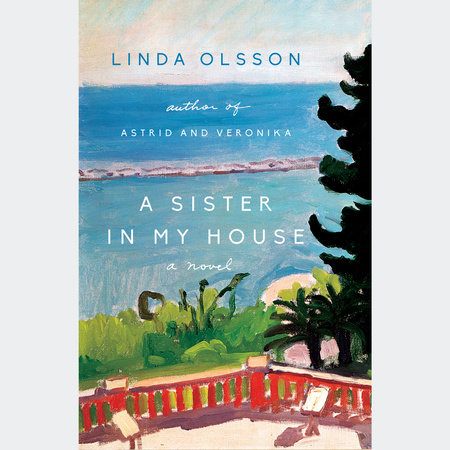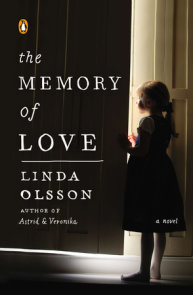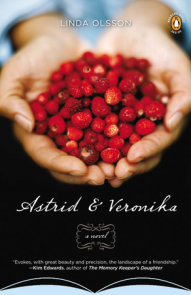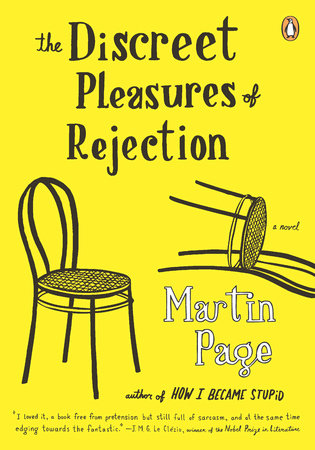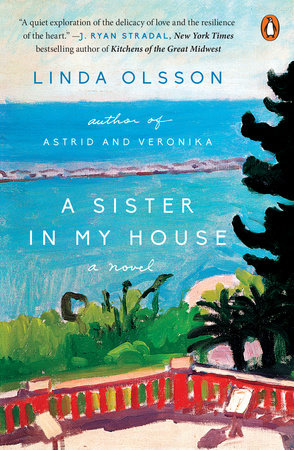

A Sister in My House
By Linda Olsson
By Linda Olsson
By Linda Olsson
Read by Orlagh Cassidy
By Linda Olsson
Read by Orlagh Cassidy
Category: Literary Fiction | Women's Fiction
Category: Literary Fiction | Women's Fiction | Audiobooks

-
Apr 17, 2018 | ISBN 9781524705565
-
Apr 17, 2018 | ISBN 9780525588139
341 Minutes
Buy the Audiobook Download:
YOU MAY ALSO LIKE
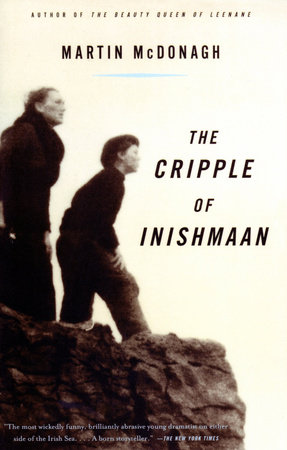
The Cripple of Inishmaan
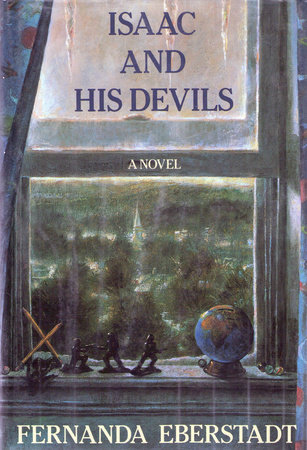
Isaac And His Devils

A Blind Man Can See How Much I Love You

Thinks . . .

The Bridegroom
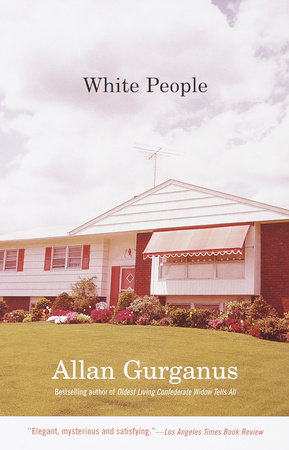
White People
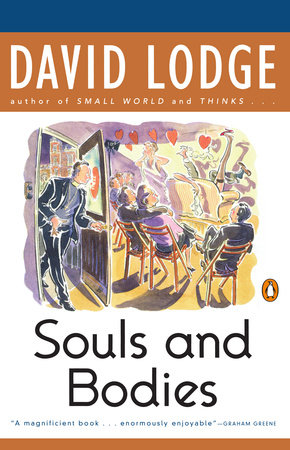
Souls and Bodies
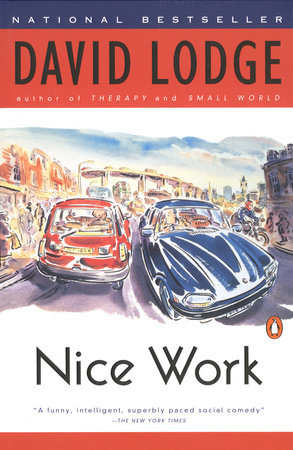
Nice Work

Love, etc.
Praise
“A compelling, emotional journey of two estranged sisters who drive each other to confront their deepest vulnerabilities, A Sister In My House is a quiet exploration of the delicacy of love and the resilience of the heart.”—J. Ryan Stradal, New York Times bestselling author of Kitchens of the Great Midwest
“I was drawn in by the first sentence. This beautifully written novel pinpoints the evasive, unique, poignant (and often painful) relationship between sisters. Yet there is also more. Linda Olsson’s lyrical imagination placed me right there so that I walked the streets of that Spanish town with the two protagonists, breathing in their air, their hopes and their fears as the mysteries unfolded. Unputdownable.”—Jane Corry, author of My Husband’s Wife and Blood Sisters
“Olsson’s novel unfolds […] in conversations between the two sisters. They are wary at first, but as they talk, they chip away at decades of accumulated misperception, heartbreak, and guilt to reveal the sources of their deepest scars… Irresistible.” —Booklist
“Using spare prose and keen insight, Olsson how two estranged sisters come together and face difficult elements of their shared past.”—Publishers Weekly
“This story of sisterly ambivalence—and love—rings movingly true.”—Kirkus Reviews
Praise for Astrid & Veronika
“Natural and vivid, utterly convincing… simply so beguiling.”—The New York Times
“Readers of Anne Tyler and Jodi Picoult will appreciate the lyrical prose and expert rendering of the themes of heartbreakk and loss.”—Booklist
“Has the hallmarks of an Ingmar Bergman film… a chilly Scandinavian setting leavened by rich observations of nature, and characters whose prim, polite facades eventually disappear, exposing years of anger and hurt.”—Kirkus Reviews
“Linda Olsson evokes, with great beauty and precision, the landscape of a friendship between two very different women, each caught in a tragic moment from the past. Their connection, initially as tentative and fragile as the first filaments of ice, gradually strengthens, allowing each woman to give voice to her stories, and in doing so to reclaim ‘a heart for beauty.’ Subtle, penetrating, and beautifully written, Astrid and Veronika affirms the power of narrative to transform.”—Kim Edwards, New York Times bestselling author of The Memory Keeper’s Daughter
“Beautiful and deeply affecting. A dreamlike evocation of the power of friendship.”—Mary McGarry Morris, author of Songs in Ordinary Time
“Not only impossible to put down, but impossible to forget.”—Canvas, New Zealand
“Linda Olsson unravels . . . each woman’s story . . . gradually revealing their grief and loss. . . . This a subtle but powerful novel, tender and poignant.”—The Dominion Post, New Zealand
21 Books You’ve Been Meaning to Read
Just for joining you’ll get personalized recommendations on your dashboard daily and features only for members.
Find Out More Join Now Sign In






